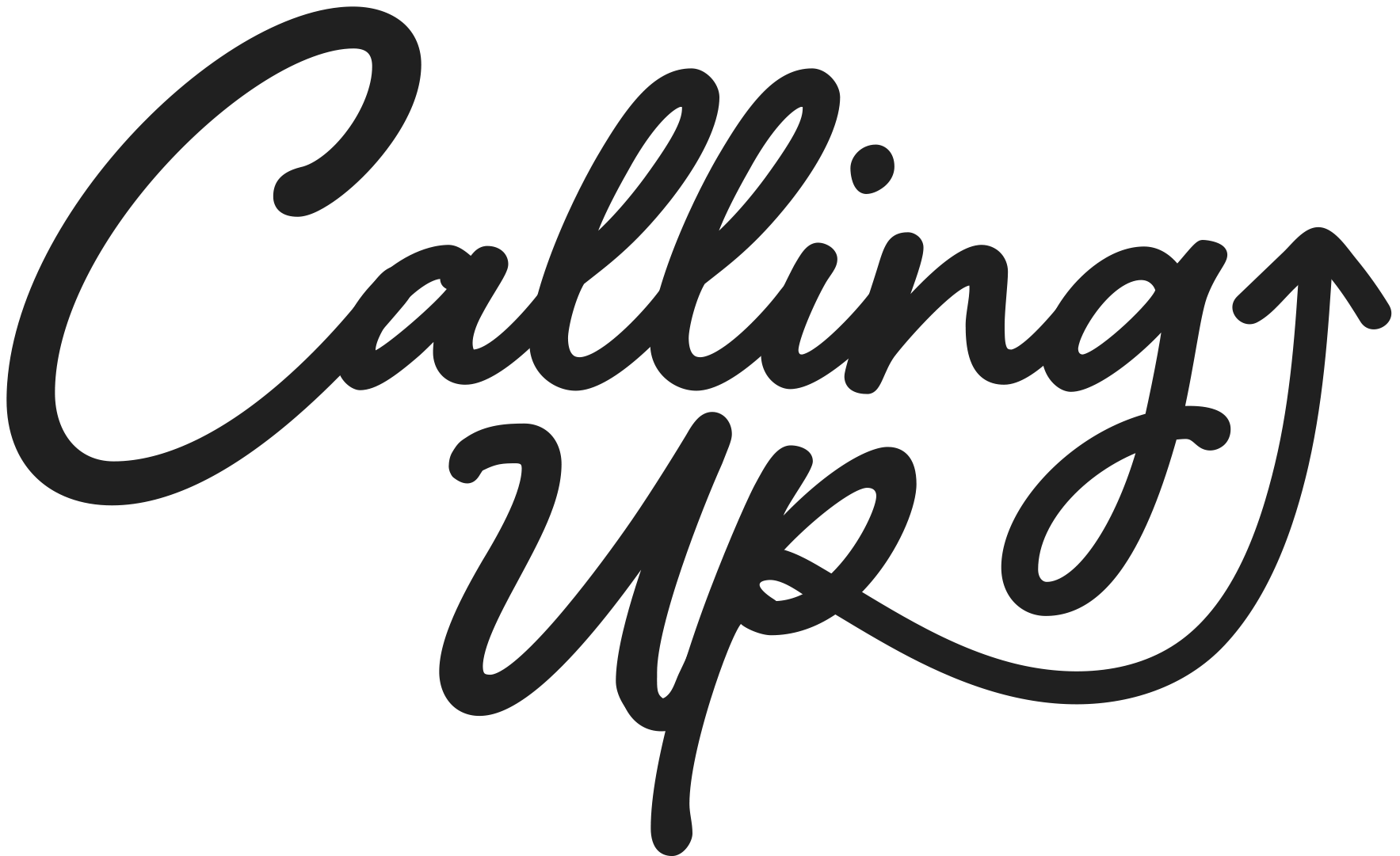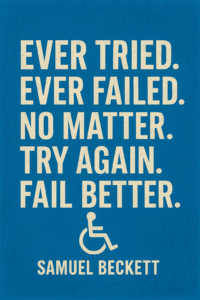Fail Again, Fail Better: Embracing Failure as a Path to Accessible Design
Accessible design is not a static achievement—it’s an ongoing practice of learning, unlearning, listening, iterating, and adapting. It requires the courage to try, to fail, and to try again. In a world steeped in ableist and perfectionist expectations, it can be radical to say: We didn’t get it right the first time. And that’s okay. In fact, that’s necessary.
Samuel Beckett wrote, “Ever tried. Ever failed. No matter. Try again. Fail again. Fail better.” These words are not an apology for mediocrity; they are a blueprint for how we must approach accessible design.
The Myth of Perfection is a Barrier
Mainstream design culture often prizes sleekness, smoothness, and seamlessness. It rewards the illusion that a product or experience can launch fully formed and flawless. But perfection is a myth. It’s a toxic myth, especially when it becomes a barrier to access.
In accessibility work, the pursuit of perfection often delays progress. Instead of releasing an imperfect captioning system that works for many and improving it over time, organizations wait until they can promise universal accuracy—while people remain excluded in the meantime. Instead of launching a website that works with most screen readers and learning from feedback, developers delay and tinker behind closed doors. This is not care. It’s stagnation. And it’s ableism masquerading as professionalism.
Failure Is Part of the Process
Accessible design requires a shift from performance to practice. It means showing our work, receiving critique, and staying flexible enough to adapt. This can be scary in cultures that treat failure as shameful. But failure is data. Failure is experience. Failure is an invitation to build something better.
When we host events and realize a platform doesn’t support live ASL pinning the way we expected, that’s not a reason to stop—it’s a reason to research alternatives, bring in experts, and test again. When we think we’ve made a tactile map usable and a blind participant tells us it’s confusing, we say thank you. We learn. We improve.
Designing for access is not about knowing everything—it’s about being open to feedback from disabled people, including when that feedback says, this didn’t work for me.
The Only True Failure Is Giving Up
Real failure only happens when we stop trying. If a solution didn’t work, that doesn’t mean accessible design is impossible—it means that particular method wasn’t right for that context or user. That’s valuable information. The only real loss is refusing to keep innovating.
Inaccessibility thrives when people become too afraid to fail. When teams fear making mistakes more than they fear excluding people, nothing moves forward. Progress doesn’t come from the illusion of perfection. It comes from persistent imperfection—deliberate, messy, evolving attempts to do better.
Access Is a Relationship
Accessible design isn’t a product—it’s a relationship. With your community. With your users. With yourself. And relationships require vulnerability. They require trust. They require the willingness to say, “I didn’t get this right. Help me understand what you need. Let me try again.”
That’s why disability justice frameworks center mutual aid, feedback loops, and interdependence. There is no “one-size-fits-all” in access. That means we have to design with people, not for them. We need to expect failure, embrace it, and keep moving.
Conclusion
To make something accessible, we must resist the perfectionist myth and instead celebrate the truth: that every attempt, every revision, every failure brings us closer to access. The work will never be finished. And that’s what makes it alive.
Fail again. Fail better. And then fail even better than that. Because that’s how we build a world that includes all of us.

